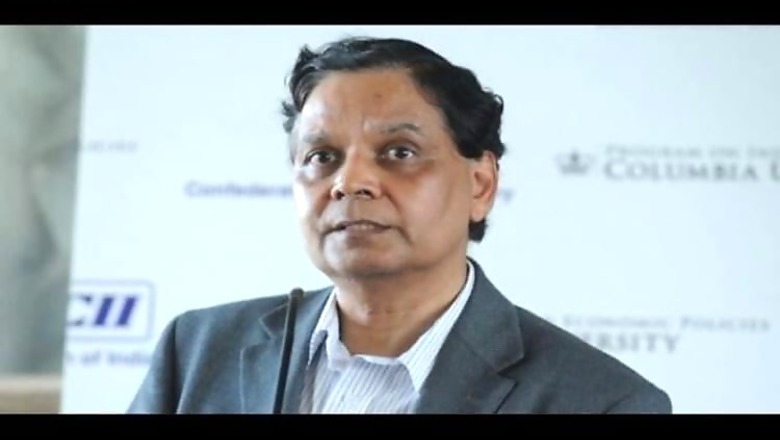
views
Singapore: India's economic growth will be sustainable at 8 to 10% per annum over the longer-term, a top Indian economist said in Singapore on Thursday.
"In the longer-run, the growth will be sustained by between 8% and 10% per annum over the next 15 years. India has good prospects and support of the government's growth-oriented policies," said Professor Arvind Panagariya, vice chairman of the National Institution for Transforming India (NITI) Aayog.
Highlighting a wide range of economic policies and reforms of the Narendra Modi government, Panagariya said he was "very upbeat" on the Indian economy.
"Infrastructure is happening more rapidly and bottlenecks on sectors, including environment and coal, have been removed," he said at the Singapore India Business Dialogue 2015 held by the Singapore Management University (SMU).
Noting that the capital goods production had increased by 10% over the last three months, he also touched on the 7.3% Gross Domestic Product growth posted in the fiscal 2014-15.
"Foreign investors are coming in and that is a good signal for general environment for the investment. For India, certainly, there is plenty to learn from Singapore," he said, adding that Indian software industry has some lessons to share with the city state.
Within South Asian region India has adopted a bilateral strategies with its immediate neighbouring countries for mutual benefits, he said.
"We want to examine what are the new business models that are beginning to emerge in India. It is not to take advantage of the low cost labour but what are some of the things we can do differently," said SMU Provost and Deputy President Professor Rajendra Srivastava.
"We are also seeing a pharmaceutical research coming out of India and production in the West," he said highlighting the potential of Indian corporations in being global players.
"What is heartening to see is that some of the Indian companies that are expanding globally, especially to South East Asia and Africa, are focusing on mergers and acquisitions to acquire the leading brands in that regions," he said.
"Then what they (the Indian companies) are doing is bringing in the supply chain, quality controls and marketing skills to take the local brand, that was already doing well, and to make it even better. That particular strategy has worked quite well," he added.



















Comments
0 comment